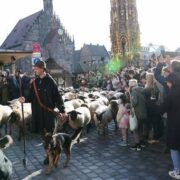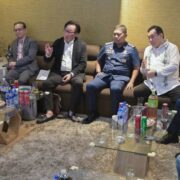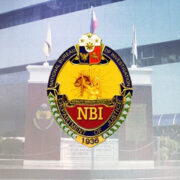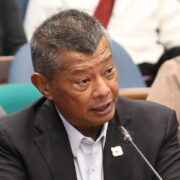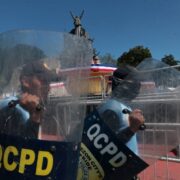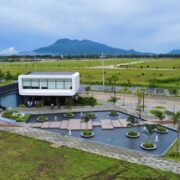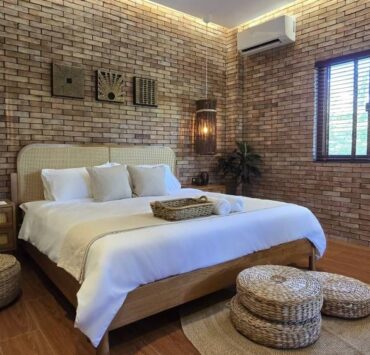Reimagining rest through real estate
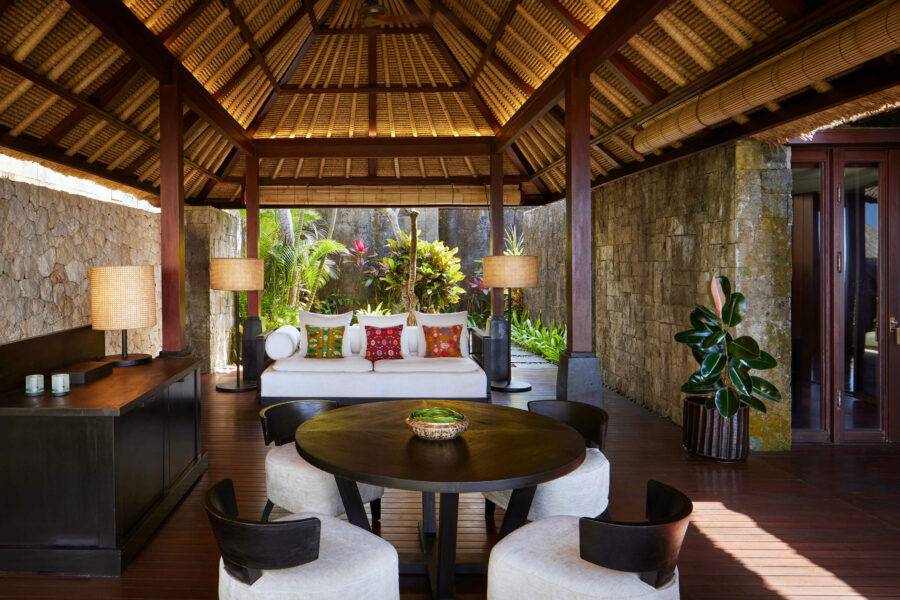
A distinct mood has crept into the way real estate shapes its purpose today.
The built environment, once a backdrop for routine and necessity, has begun to speak to something more profound about the human appetite for meaning, stillness, and escape.
The rise of restorative environments
Following the long months of isolation and digital fatigue during the pandemic, people are choosing places that allow their minds to rest while offering their bodies a sense of release.
The rising interest in leisure-focused properties reveals a market seeking strategic assets that strike a balance between well-being and investment potential. The idea is no longer to escape life but to preserve its better parts.
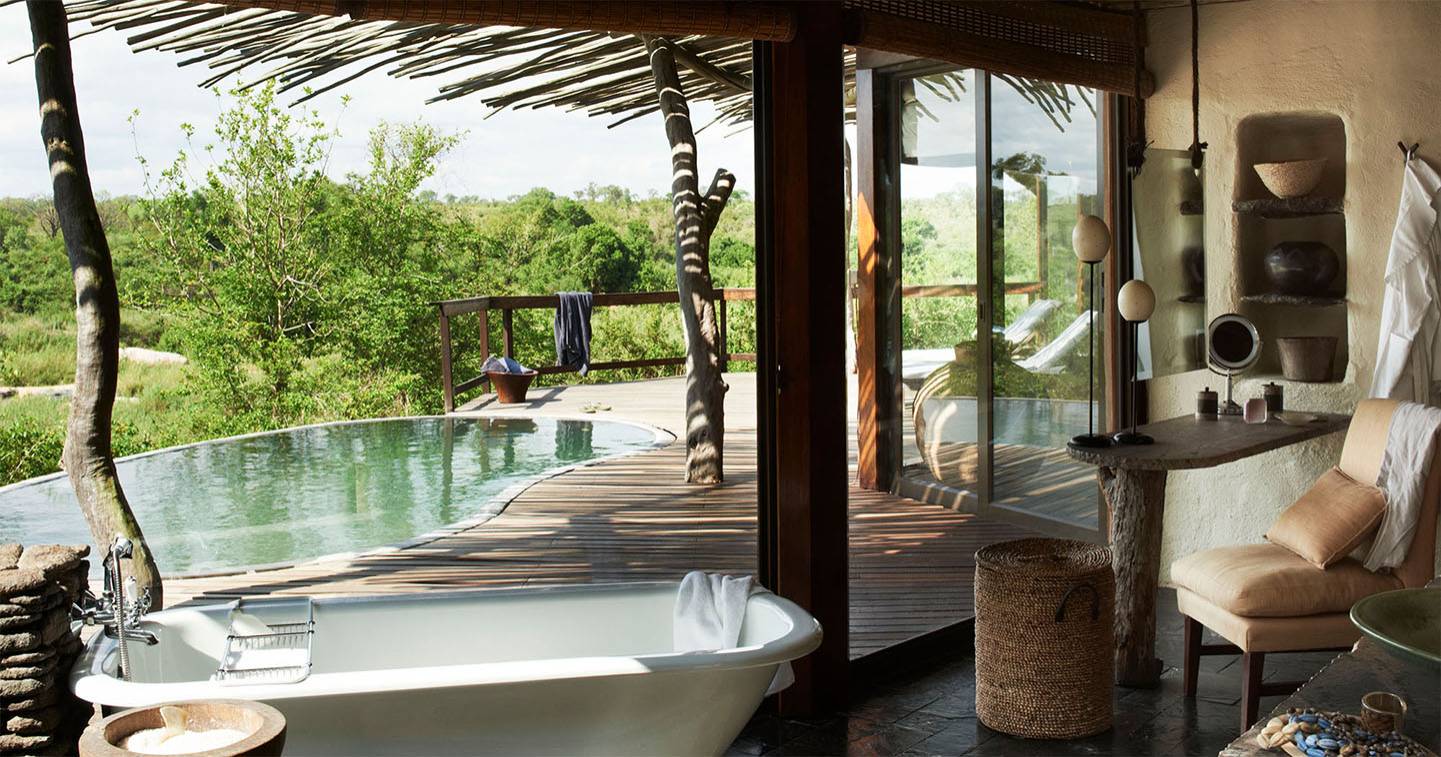
Typologies rooted in aspiration
Resort or farm development can take the form of a hybrid residence, a wellness estate, an adventure eco-park, or a boutique community offering curated experiences for residents and guests. The classification often blurs lines between hospitality and real estate.
A well-designed leisure space creates an inviting atmosphere–reinforced by its scale, programming, service, and design–that accommodates diverse user intentions. Leisure encompasses solitude and community, nature and luxury, detachment and intimacy. Successful developments embrace these contradictions without conflict.

Cultural longing and the post-pandemic shift
Much of the movement toward leisure living carries psychological undertones.
As cities shuttered and uncertainty invaded every schedule, people came to crave proximity to places of healing.
The value of air, sunlight, and visual reprieve now holds weight alongside internet speed and accessibility. Developers who once centered their offerings around proximity to business districts are now placing equal importance on emotional geography. The map of desire has redrawn itself.
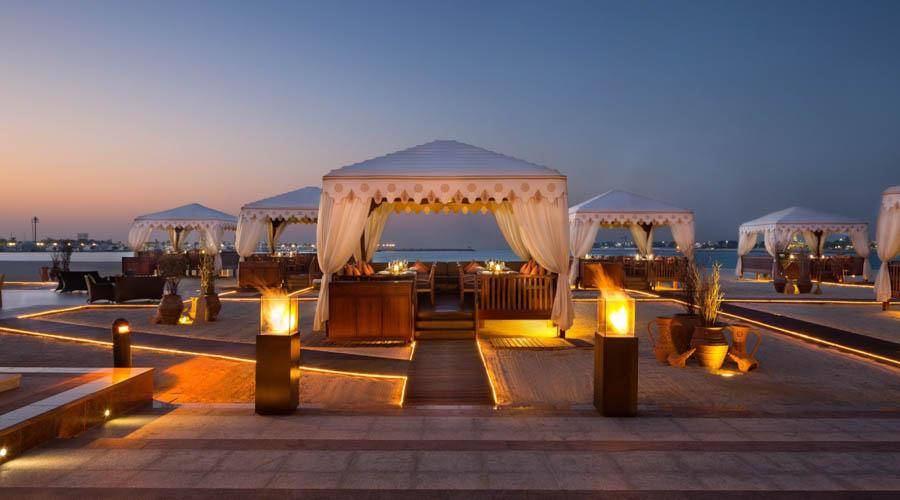
Design as a steward of experience
This theme extends beyond amenities to encompass how buildings receive light, how pathways reveal the scenery, and how transitions between spaces soften the senses. The pursuit is all about comfort, wonder, and a fresh atmosphere.
The design incorporates architectural cues from tropical modernism, vernacular cottages, and even contemporary minimalism. A mountain retreat seeks to frame horizons, while a coastal estate prefers open transitions between water and shelter. The design must match the terrain’s invitation.

Economic meaning behind the escape
A growing demographic of remote professionals, overseas retirees, and hybrid investors values properties that generate income while also serving as private sanctuaries. Weekend tourism, wellness travel, and seasonal rentals feed this loop. When done well, a leisure property is both an escape hatch and an earning engine.
This financial logic drives new masterplans to incorporate programming such as farm-to-table experiences, regenerative spas, adventure treks, or arts festivals that sustain interest and movement throughout the year.
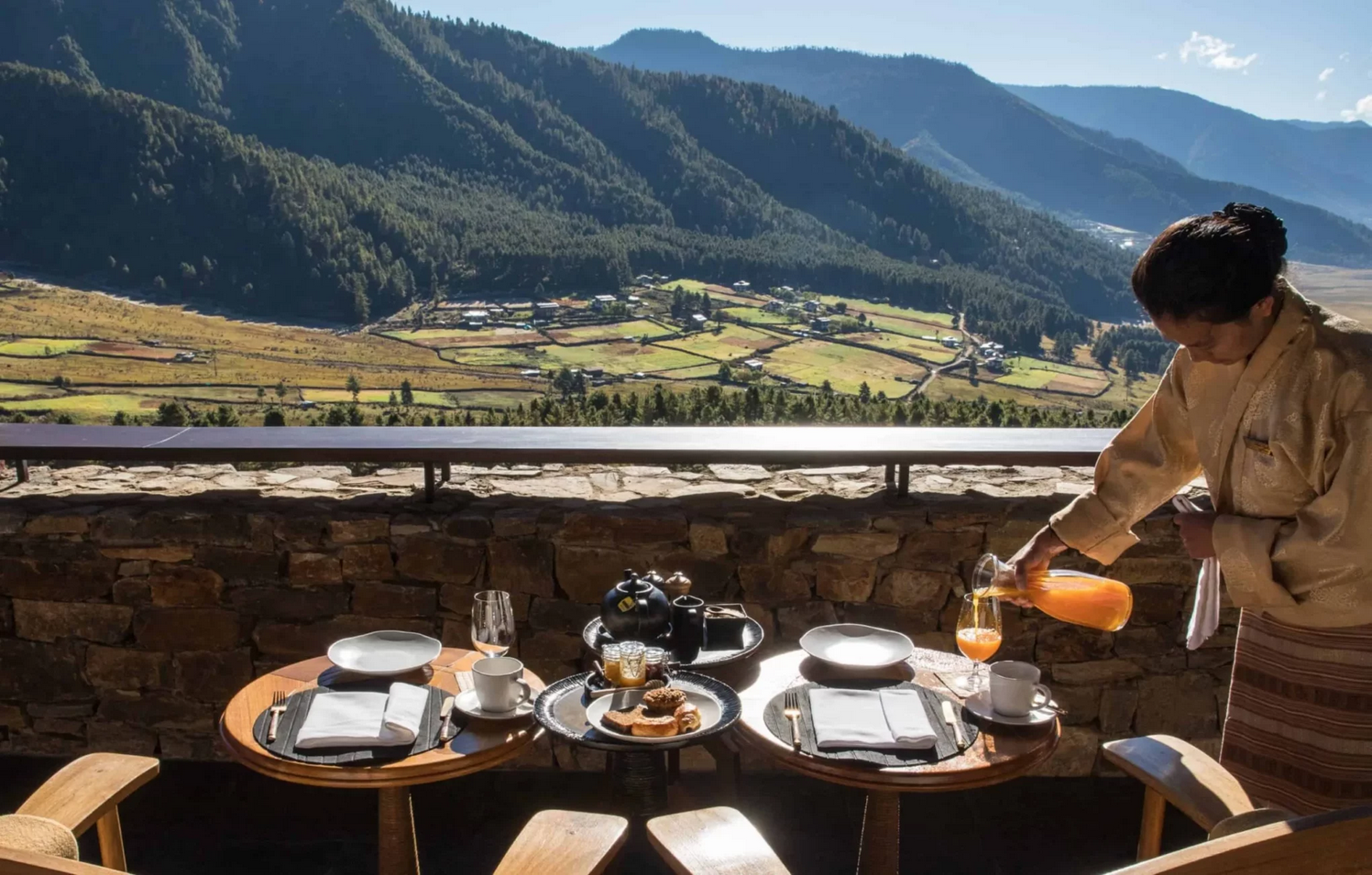
The unfolding future of place
As the need to anchor life in quality deepens, the industry finds itself designing more than just inventories for sale. It begins to shape identity, reframe rest as a productive force, and redefine where people feel most at home.
This redefinition will continue to guide future developments in the Philippines. It offers an opportunity for developers, designers, and investors to participate in a typology that speaks to human time and presence.
The author (www.ianfulgar.com), is a leading architect with an impressive portfolio of local and international clients. His team elevates hotels and resorts, condominiums, residences, and commercial and mixed-use township development projects. His innovative, cutting-edge design and business solutions have garnered industry recognition, making him the go-to expert for clients seeking to transform their real estate ventures

